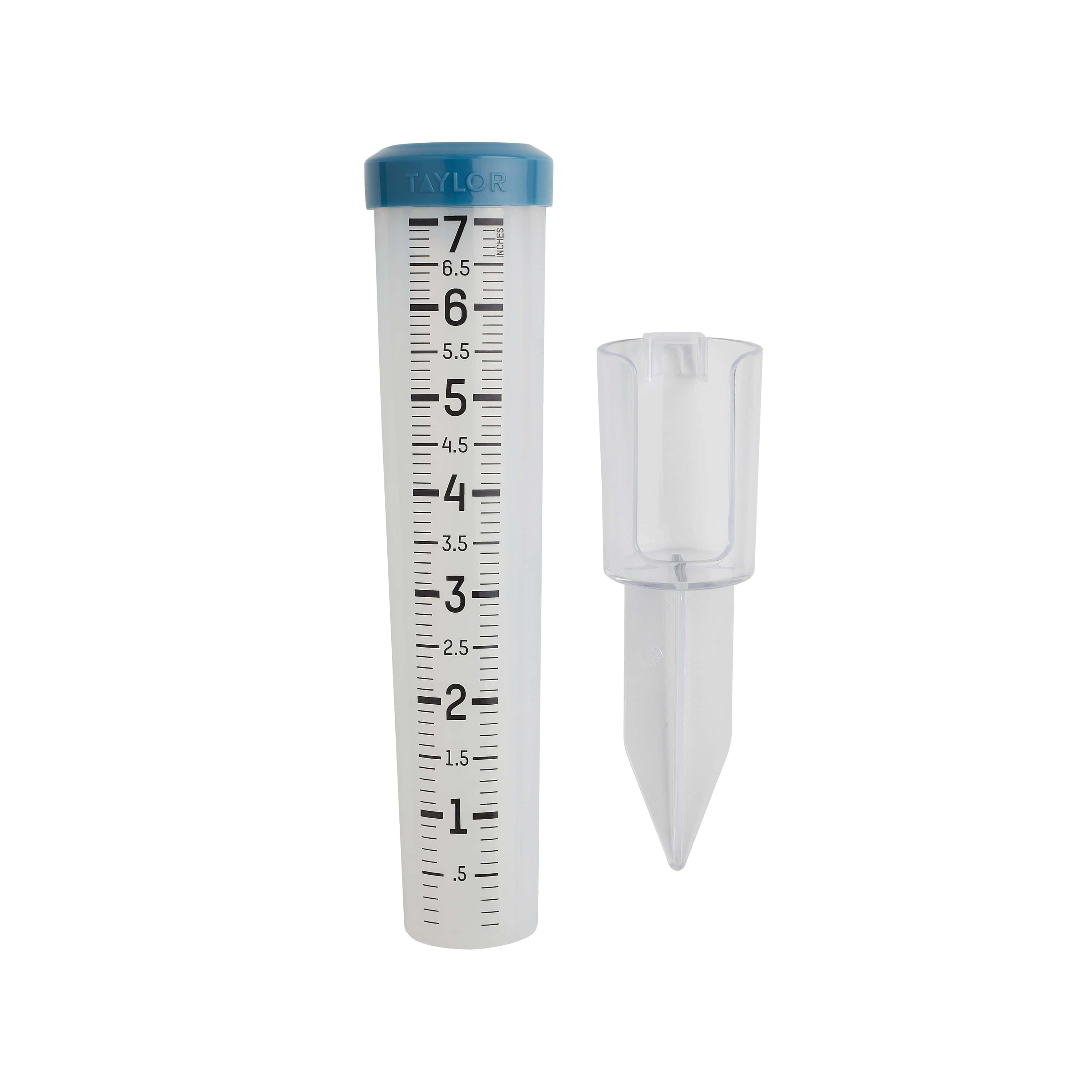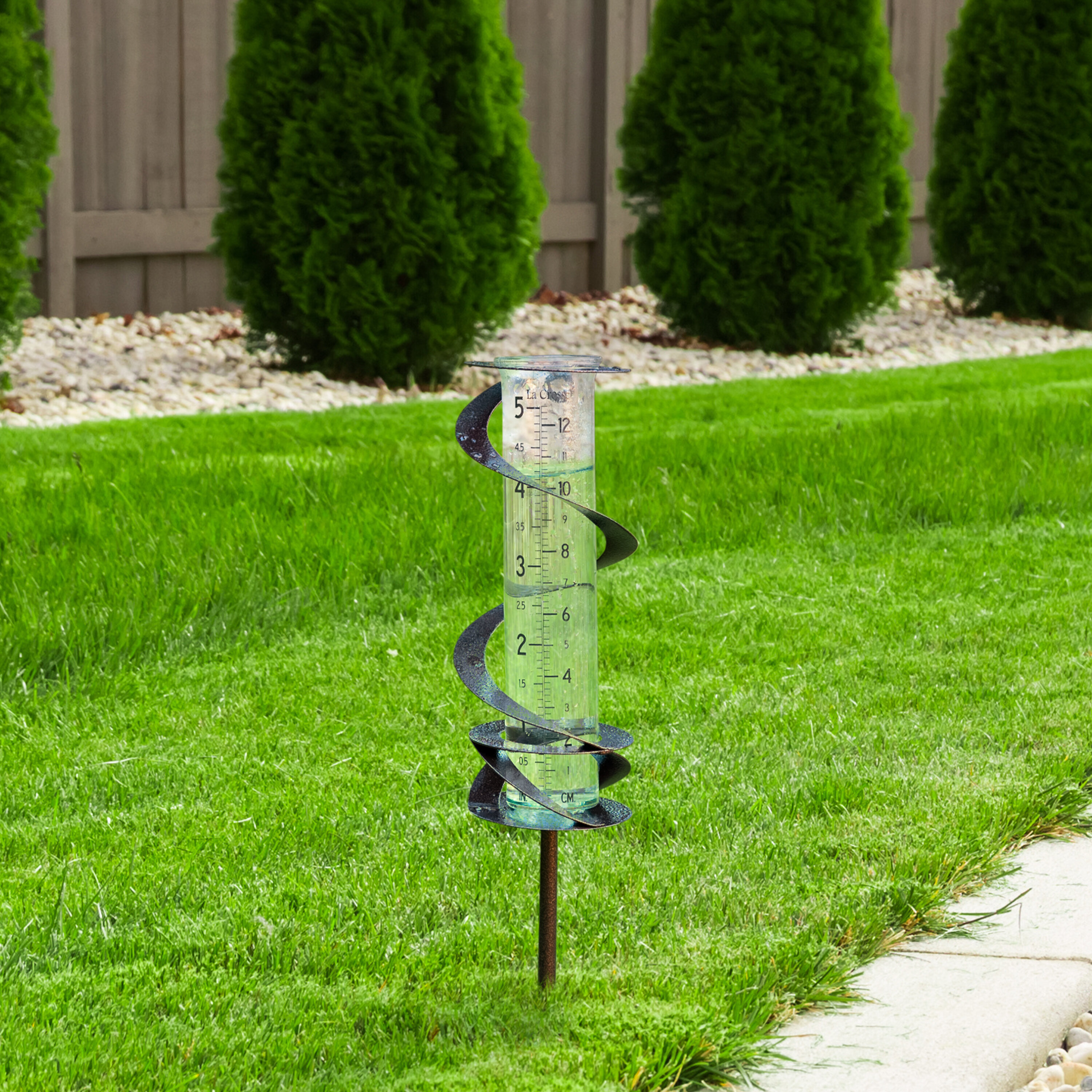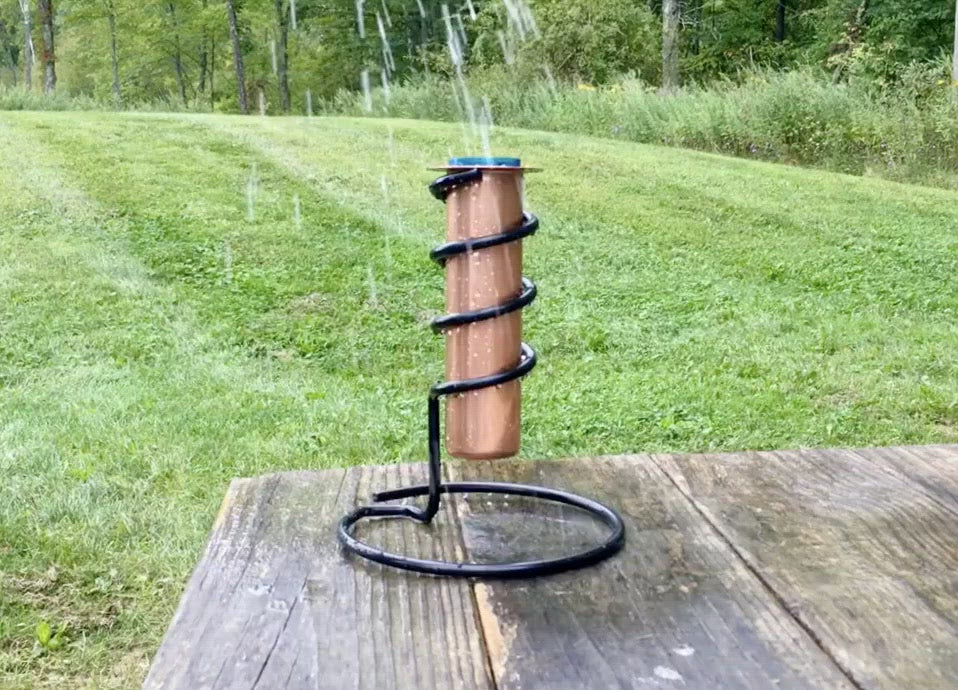The Rain Gauge: A Crucial Device for Keeping Track Of Rainfall Levels
The Rain Gauge: A Crucial Device for Keeping Track Of Rainfall Levels
Blog Article
Just How to Pick the Right Rainfall Gauge for Accurate Rainfall Data
To obtain reliable dimensions, it is essential to select the right rainfall scale. Thinking about factors such as area, kind, and accuracy of the rain gauge will certainly assist make sure accurate data collection. Additionally, recognizing the maintenance and calibration treatments will contribute to the long life and reliability of your rain scale.
Importance of Picking the Right Rain Gauge
The importance of picking the appropriate rain scale depends on getting specific and dependable rainfall data for exact atmospheric evaluation. Rainfall data is crucial for a variety of applications, including weather projecting, hydrological modeling, and environment study. Unstable or imprecise information can lead to erroneous conclusions and flawed decision-making procedures.

Secondly, the precision and accuracy of the rainfall scale are extremely important. The gauge must be able to determine rains with high precision, recording also little amounts of rainfall properly.
Additionally, the place and setup of the rainfall scale are critical considerations. It ought to be placed in an open location, far from obstructions that could affect rains measurements. The scale needs to be positioned at a proper elevation and angle to avoid splashing and ensure proper catchment of rainwater.
Factors to Think About When Selecting a Rain Scale
When choosing a rain gauge, there are a number of crucial elements to think about. There are various kinds offered, including conventional rainfall determines, tipping bucket rain assesses, and evaluating rainfall evaluates.
One more factor to think about is the product of the rainfall scale. Rain assesses can be made of numerous materials, such as metal, glass, or plastic. The product chosen ought to be immune and sturdy to weather problems, making sure that the rainfall scale will certainly withstand the aspects and give precise measurements gradually.
Precision is likewise a critical aspect to take into consideration. Seek rainfall evaluates that have been calibrated and tested for precision. Features such as anti-splash rings and funnels can likewise boost the accuracy of the dimensions.

Lastly, consider the climate and setting in which the rain gauge will certainly be utilized. Various rain evaluates are suitable for various environments, so it is very important to pick one that is ideal for the conditions in your location.
Various Kinds Of Rain Determines Readily Available
To even more check out the factors to consider when selecting a rain scale, it is necessary to understand the different kinds of rainfall evaluates offered. There are numerous sorts of rain assesses, each with its very own advantages and negative aspects. One of the most typical type is the common rainfall gauge, additionally called the cylindrical rain scale. This kind includes a straight-sided round container with a funnel-shaped top. It is straightforward to make use of and provides accurate measurements of rainfall.
Another kind of rainfall gauge is the tipping bucket rainfall gauge. This scale utilizes a seesaw-like mechanism to accumulate and gauge rainfall. As the rainfall comes under the scale, it loads up one side of the container, causing it to tip and clear the water. The number of suggestions is counted online to determine the quantity of rainfall. Tipping bucket rainfall evaluates are popular for their precision and capacity to measure rainfall strength.
A third kind of rainfall gauge is the considering rain scale. This gauge utilizes a balance system to measure the weight of the gathered rains. As the rain comes under the scale, it is collected in a container linked to an equilibrium. The weight of the right here water is determined, and the rainfall amount is computed based on the weight. Evaluating rain assesses are extremely exact yet can be extra costly and call for normal maintenance.
Lastly, there are likewise remote rainfall determines that usage progressed technology to gauge rainfall (The Rain Gauge). These evaluates use sensing units and transmitters to send out information wirelessly to a main device. Remote rain determines are practical for checking rains in hard-to-reach locations or for massive information collection
How to Determine the Accuracy of a Rainfall Scale
One means to assess the precision of a rainfall gauge is by carrying out regular calibration measurements. Calibration involves comparing the readings of a rainfall gauge to a common measurement, such as a qualified rain scale or a climate terminal with high accuracy. By comparing the measurements, any disparities or errors in the rainfall scale can be recognized and accounted for.
To carry out a calibration dimension, begin by gathering rains information from both the rain scale and the basic dimension gadget over a details amount of time, such as a month. Compare the analyses and determine the distinction between them. This difference is called the calibration error.
It is very important to keep in mind that calibration dimensions must be performed frequently, as environmental aspects, such as wind, temperature level, and particles, can impact the accuracy of the rainfall gauge over time. By performing regular calibrations, any modifications in the precision of the rain scale can be found and changes can be made appropriately.
Along with calibration, it is also advised to tidy and maintain the rain scale routinely to guarantee its accuracy. Eliminate any particles or blockages that might influence the accuracy of the dimensions, and check for any indications of damage or put on that might need repairs or substitute.
Tips for Keeping and Calibrating Your Rainfall Gauge
Routine upkeep and calibration are essential for guaranteeing the accuracy and integrity of your rain gauge in measuring rainfall information (The Rain Gauge). By adhering to a couple of straightforward read here ideas, you can ensure that your rainfall scale is effectively preserved and calibrated
First of all, it is very important to cleanse your rainfall gauge frequently to avoid any kind of particles or dust from obstructing the rain collection system. Utilize a mild cleaning agent and a soft brush to gently clean up the within and outside of the scale. Rinse it extensively with clean water and permit it to dry totally prior to reinstalling it.
Second of all, it is recommended to adjust your rain gauge a minimum of when a year. Calibration involves comparing the measurements of your rainfall scale with those of a trusted and exact reference scale. This will aid you determine and fix any potential errors in your rainfall scale's measurements.
To calibrate your rain gauge, collect a well-known volume of water making use of a measuring container and contrast it with the dimensions tape-recorded by your rainfall gauge. Change the analyses accordingly to ensure accuracy.

Final Thought
To conclude, selecting the right rainfall scale is critical for obtaining exact rainfall data. Aspects such as location, spending plan, and objective ought to be taken into consideration when choosing a rain gauge. There are various kinds of rain evaluates readily available, each with their own benefits and constraints. It is essential to routinely keep and calibrate your rain gauge to ensure its accuracy. By adhering to these standards, exact rains information can be acquired for various applications.
There are various kinds available, consisting of common rain gauges, tipping bucket rainfall determines, and evaluating rain determines.To better discover the aspects to consider when selecting a rain gauge, it is vital to comprehend the various kinds of rainfall Continued evaluates available. The most typical kind is the standard rain gauge, also known as the round rain scale.An additional kind of rainfall gauge is the tipping container rain gauge. Calibration involves comparing the analyses of a rainfall gauge to a common measurement, such as a qualified rain gauge or a weather terminal with high accuracy.
Report this page